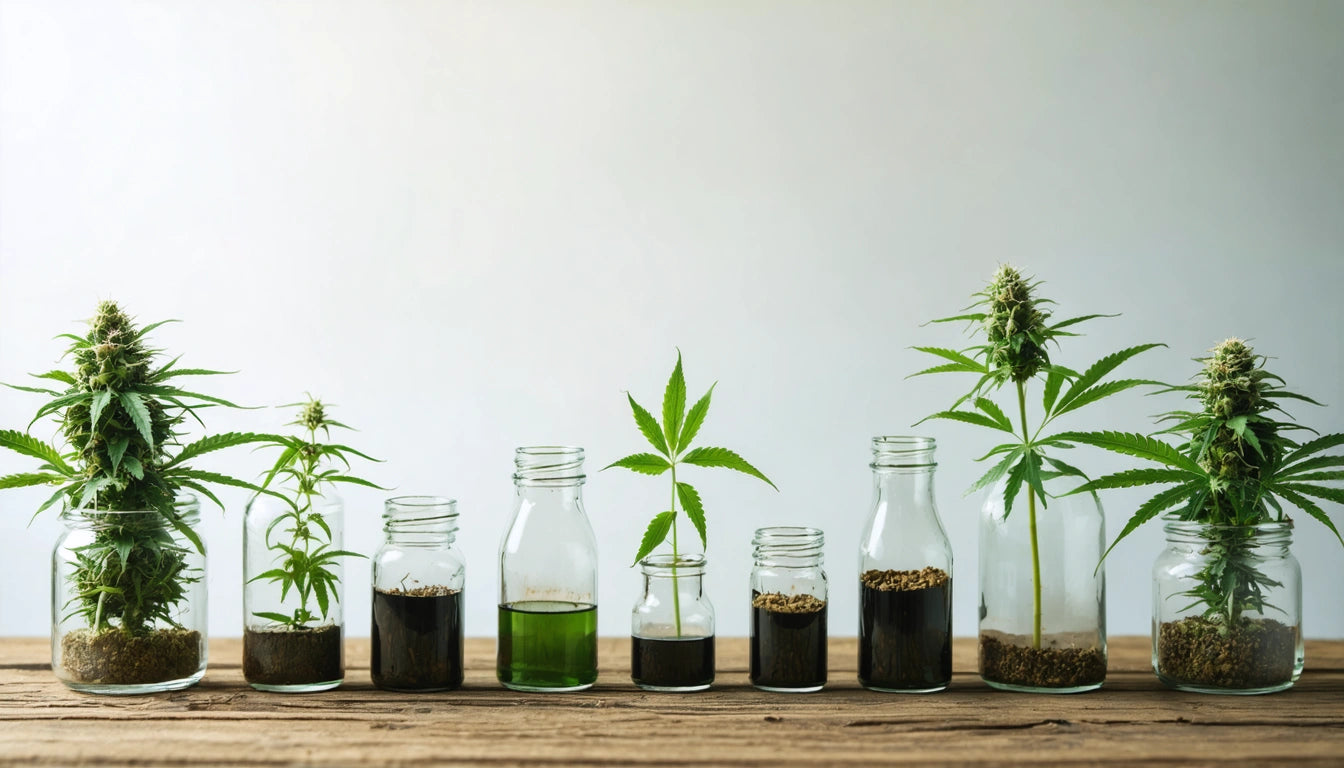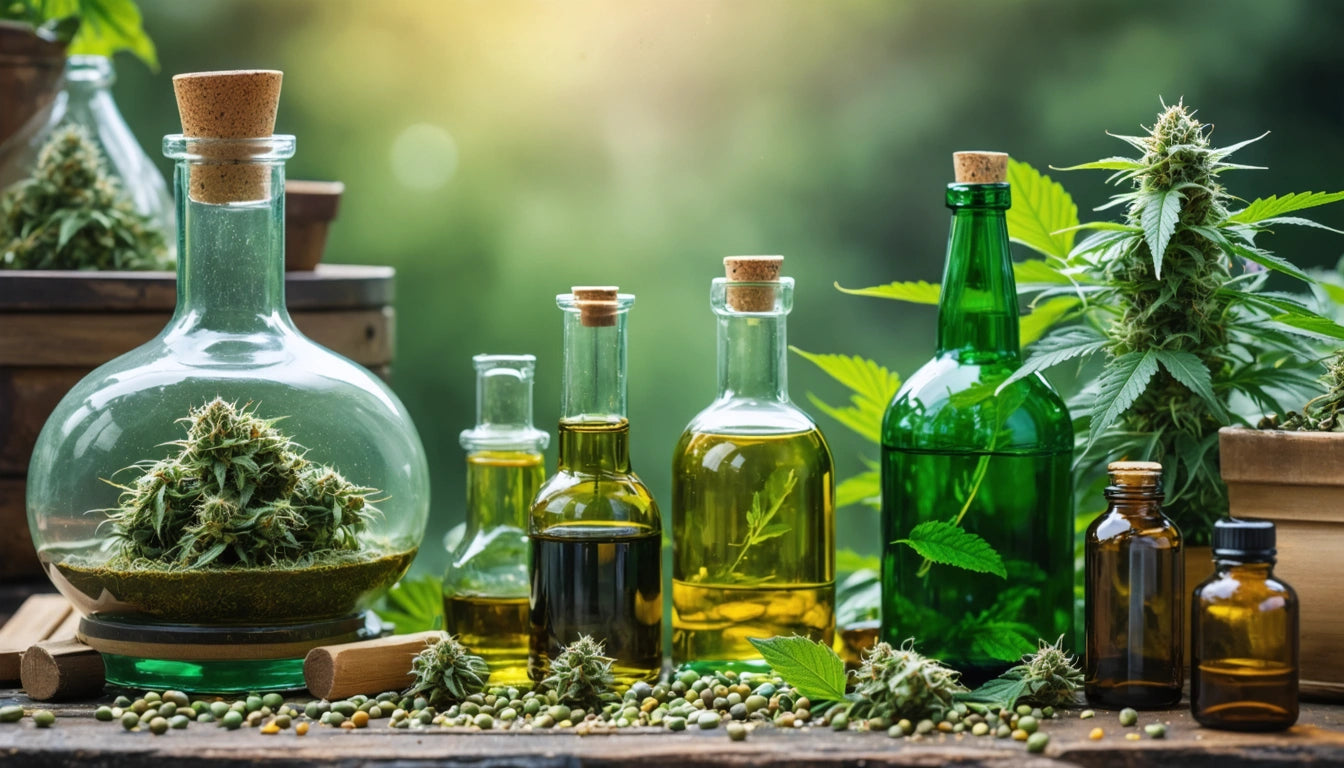Table of Contents
- Defining Decriminalization vs Legalization: Core Differences
- Legal Implications and Enforcement Differences
- Business and Economic Impact Comparison
- Social Justice and Public Health Considerations
- State-by-State Examples: Decriminalized vs Legal
- Future Outlook: The Evolving Landscape of Cannabis Policy
Understanding the Difference Between Decriminalization and Legalization
The cannabis industry continues to evolve amid changing legal frameworks across the United States and globally. Two terms frequently used in these discussions are decriminalization and legalization. While often used interchangeably in casual conversation, these approaches represent fundamentally different policy frameworks with distinct implications for consumers, businesses, and communities.
Defining Decriminalization vs Legalization: Core Differences
Decriminalization and legalization represent two distinct approaches to drug policy reform, particularly regarding cannabis. Understanding these differences is crucial for stakeholders in both policy and business spheres.
Decriminalization typically removes or reduces criminal penalties for possession of small amounts of cannabis intended for personal use. Under decriminalized frameworks, cannabis remains technically illegal, but possession no longer results in arrest, jail time, or a criminal record. Instead, violations might be treated as civil infractions resulting in fines, similar to minor traffic violations.
Legalization, by contrast, removes all legal prohibitions against cannabis. This approach permits the production, distribution, sale, and possession of cannabis within a regulated framework. As explained in this comprehensive guide to legalization, this process establishes a legitimate, regulated market with clear rules for businesses and consumers.
Legal Implications and Enforcement Differences
The legal ramifications of decriminalized vs legal cannabis create distinctly different environments for both consumers and law enforcement.
Under Decriminalization:
- Possession remains technically illegal but is treated as a civil, not criminal, offense
- No arrest, jail time, or criminal record for simple possession within specified limits
- Production and sale typically remain fully criminalized
- Law enforcement may still confiscate cannabis products
- No regulated marketplace exists for legal sales
As detailed in this analysis of decriminalization implications, this approach primarily aims to reduce the burden on the criminal justice system while decreasing the negative impacts of drug arrests on individuals.
Under Legalization:
- Possession, use, cultivation, and sale are permitted within regulatory frameworks
- Licensed businesses can legally produce and sell cannabis products
- Age restrictions similar to alcohol are typically implemented
- Quality control and product safety regulations are established
- Tax structures generate revenue for state and local governments
Business and Economic Impact Comparison
The distinction between decriminalized vs legalized cannabis creates vastly different business landscapes.
In decriminalized environments, no legitimate business opportunities exist in the primary cannabis market. Without legal protection, businesses cannot openly sell cannabis products, and those who do operate in a gray or black market with significant legal risks. However, ancillary businesses providing products that support cannabis consumption may operate, such as those offering storage solutions like mylar bags for cannabis flower which help maintain product freshness regardless of legal status.
Legalized markets, conversely, create entire ecosystems of licensed businesses across cultivation, processing, testing, distribution, and retail. These markets generate substantial tax revenue and create legitimate employment opportunities. The economic impact extends beyond direct cannabis sales to include tourism, real estate, technology, and professional services.
Social Justice and Public Health Considerations
Both approaches address social justice concerns differently. Decriminalization primarily aims to reduce the harm caused by criminalization, particularly the disproportionate impact on minority communities. It lessens but doesn't eliminate the black market or associated criminal activities.
Legalization offers more comprehensive social justice opportunities through expungement programs, social equity licenses, and community reinvestment initiatives funded by cannabis tax revenue. As highlighted in this exploration of legalization benefits, these programs can begin to address historical inequities created by the war on drugs.
From a public health perspective, legalization provides advantages through product testing requirements, dosage information, and age restrictions. Decriminalization does little to ensure product safety or prevent youth access, as no regulatory framework exists.
State-by-State Examples: Decriminalized vs Legal
The United States offers a patchwork of approaches that illustrate the practical differences between decriminalized and legal cannabis.
Decriminalized States Examples:
- North Carolina: Possession of small amounts is a misdemeanor with no jail time
- Ohio: Possession of under 100 grams is a minor misdemeanor with a small fine
- New York (pre-legalization): Had decriminalized possession before moving to full legalization
A comprehensive breakdown of states that have implemented decriminalization can be found in this state-by-state guide.
Legalized States Examples:
- Colorado: Pioneer in recreational legalization with a mature market
- California: Largest legal cannabis market in the world
- Massachusetts: First legal recreational sales on the East Coast
Each state's approach to legalization differs in regulatory details, tax structures, and social equity provisions, creating natural experiments in policy implementation.
Future Outlook: The Evolving Landscape of Cannabis Policy
The trajectory of cannabis policy suggests continued movement from prohibition toward decriminalization and eventually legalization. Many states have followed this progressive path, first decriminalizing cannabis possession before establishing fully legal markets.
Federal policy remains a significant obstacle to comprehensive reform. While federal legalization prospects continue to evolve, the conflict between state and federal law creates complications for businesses, especially regarding banking, taxation, and interstate commerce.
Understanding the distinction between decriminalized vs legal cannabis remains essential for consumers, businesses, advocates, and policymakers navigating this complex and rapidly changing landscape. As more regions move toward reform, the evidence base comparing outcomes between these approaches will continue to grow, informing future policy decisions.











Leave a comment
All comments are moderated before being published.
This site is protected by hCaptcha and the hCaptcha Privacy Policy and Terms of Service apply.